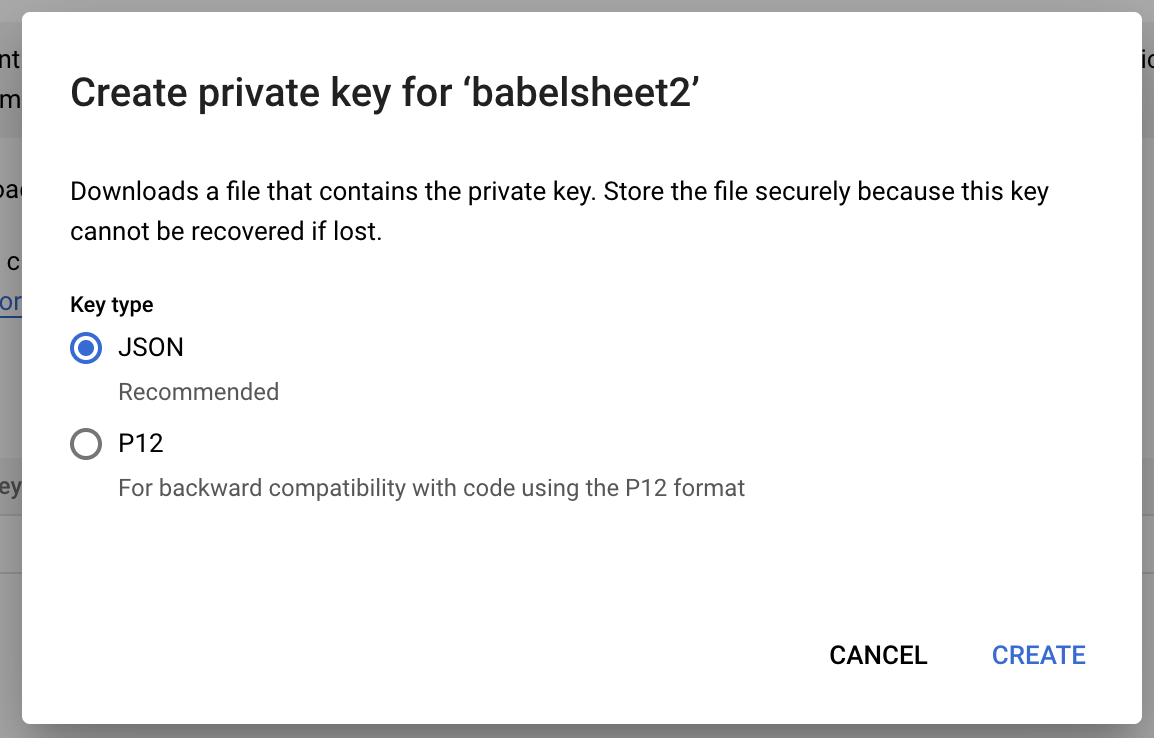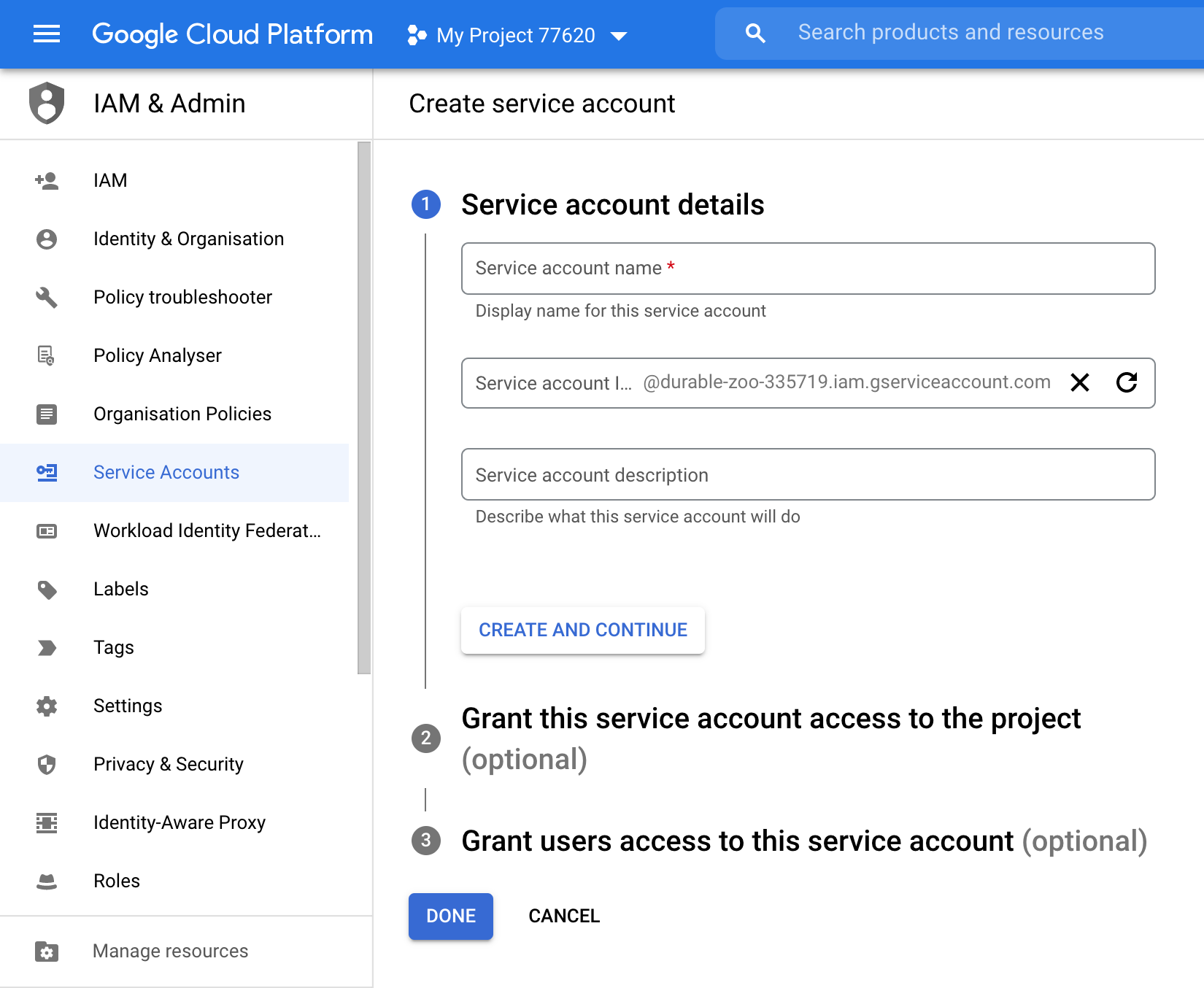🇬🇧 🇪🇸 🇫🇷 🇩🇪 🇵🇱 🇨🇳
Babelsheet2 is a tool that addresses one of the biggest i18n issue. Namely, it provides frictionless way of cooperation between language translators and developers.
Babelsheet2 uses Google Spreadsheets for translations single source of truth because it is an acceptable tool for non-technical people (Excel-like tools are pretty common and have low entry threshold). The spreadsheet has some structure where part of it is filled by the developer and the other part is to be completed by the language translator.
The structure of the spreadsheet has been explained well in the primary Babelsheet project that this one is based on.
Then, to include these translations in the app, Babelsheet2 provides some API that is able to fetch, parse and write translations defined in the spreadsheet into your file system in the format you want.
This project is based on babelsheet and babelsheet-js projects idea, which is a very cool. However, the implementation of that idea taught us some lessons that some things can be done better. Hence, we release version 2 with a bit different approach that should solve some problems that were hard to be solved in the primary version.
Before you begin the setup of the Babelsheet2, you need to create a Google Service Account, so Babelsheet2 will be able to perform some actions on Google Services in your behalf.
To do that, go to your Google Cloud Platform's Dashboard first. If you are using it for the first time, you may have to create your first Project there to be able to perform any actions. So, select some existing project in which scope you would like to store the translations, or create a new one.
Then create service account in that project's scope. You can name it however you want. In terms of the account access setup, you don't need to add any role for this account so just click "Continue" button on this step. Also, the other "Grant users access to this service account" step is optional too.
When you create the service account, open its details manager by clicking its e-mail from the list. Then generate new JSON-format credentials like follows:
- Open "KEYS" tab
- Click "ADD KEY" drop down

- Select "Create new key"
- Make sure that "JSON" format is selected in the dialog that popped up

- Click "CREATE"
- Save the downloaded file in your project's root directory and name it
.credentials.json - Although the created service account does not have too much permissions,
it's recommended that you add this file to
.gitignorein your project and distribute it among the developers that are involved in your project in other way.
If you have npx installed, you can run the following command to initialize the Babelsheet2
in your project directory:
npx babelsheet2 initAlternatively, if you don't have npx you can install Babelsheet2 CLI tool globally:
npm i -G babelsheet2...and then you should be able to execute following command whenever you want to set up Babelsheet2 for some of your projects:
babelsheet2 initThe Babelsheet2 CLI leads you by hand during init process. It will share the spreadsheet file (on the e-mail and as a link in the console output) with you
where you can fill first translation keys. The next thing that you will probably need is
to share that spreadsheet with language translators, and the developers that work on the same project.
Also, as mentioned in the "Prerequisites" section above, you may need to share the .credentials.json file
with the developers so they are able to run the translation fetching script.
If everything has been set up correctly, you should be able to run the translation fetching script for instance like this (it depends on the configuration):
npm run translations...and this will update the translation files each time you run it basing on the Google Spreadsheet file content.
You may want to execute this script during the build process or for instance on some CI. This is doable, however we recommend you to execute the translations fetching script manually to be able to perform last check of translations if they are ok before committing them into the repository. This way you may avoid a risk of deployment of some mistake straight ahead into production environment. Remember, the mistakes happen, especially when non-technical people are involved in the process. They may for instance edit the wrong cell and break the translation files structure unintentionally by doing so.
This project has some goals that we would like to keep in mind during the development process. They are listed below.
Too much dependencies may result not only a big node_modules directory,
but also may affect negatively on maintainability of the project.
The more dependencies you have, the higher the probability of problems with dependency updates.
Hence, we don't want this tool to handle every file format on the world out-of-the-box. Instead, every package should have single responsibility and use only the dependencies that are crucial to make it work.
Everything that is a monotonous task and could be automated, should be automated. Hence, there is a CLI command that enables a developer to set up their project for translations easily by asking a couple of questions. It is able to generate the spreadsheet, share it with you and registers the translation fetching script in your project.
No matter how much use cases your solution covers, there will be always that project that your clever tool mechanisms do not fit at all to. That's the reason why Babelsheet2 shares an API that enables you to write custom script for translation files generation.
Too much customizability may result with overwhelming and time consuming process of setup. Hence, for beginner users there should be a simpler way where they don't have to configure every tiny aspect. In Babelsheet2 there are default settings predefined that enable to start working with the tool in a fast and straightforward manner.
The days when console output had to be monotonous text are long gone. It can be decorated a bit with emojis to improve readability and fun 😉

